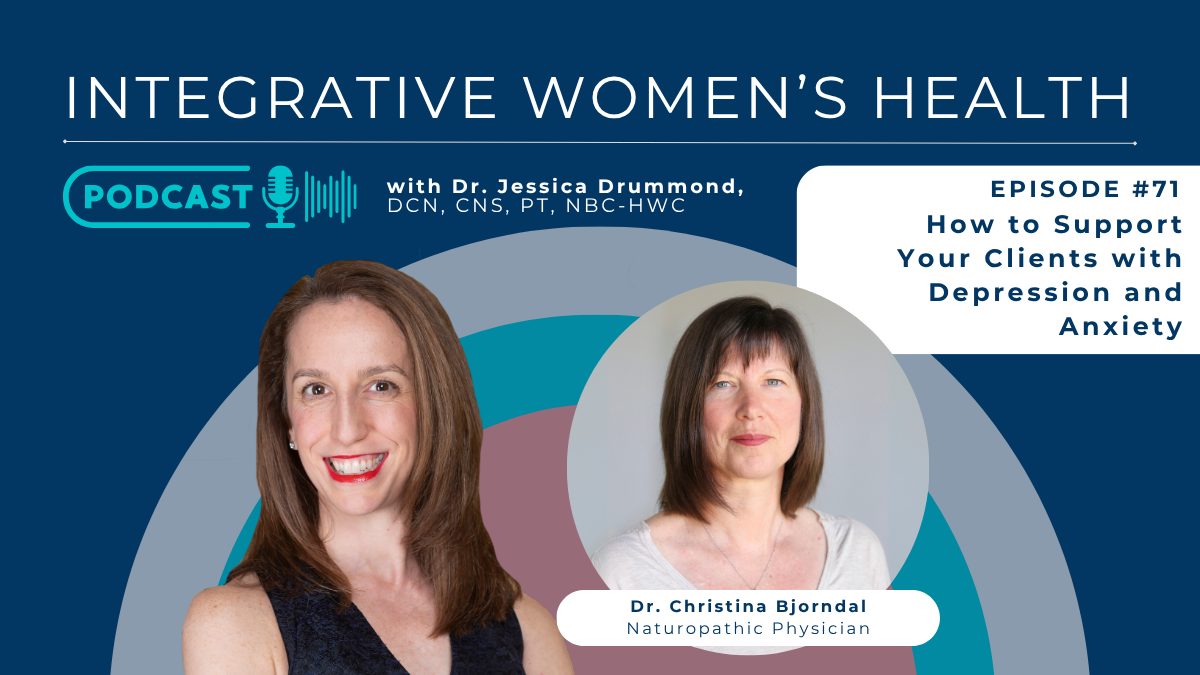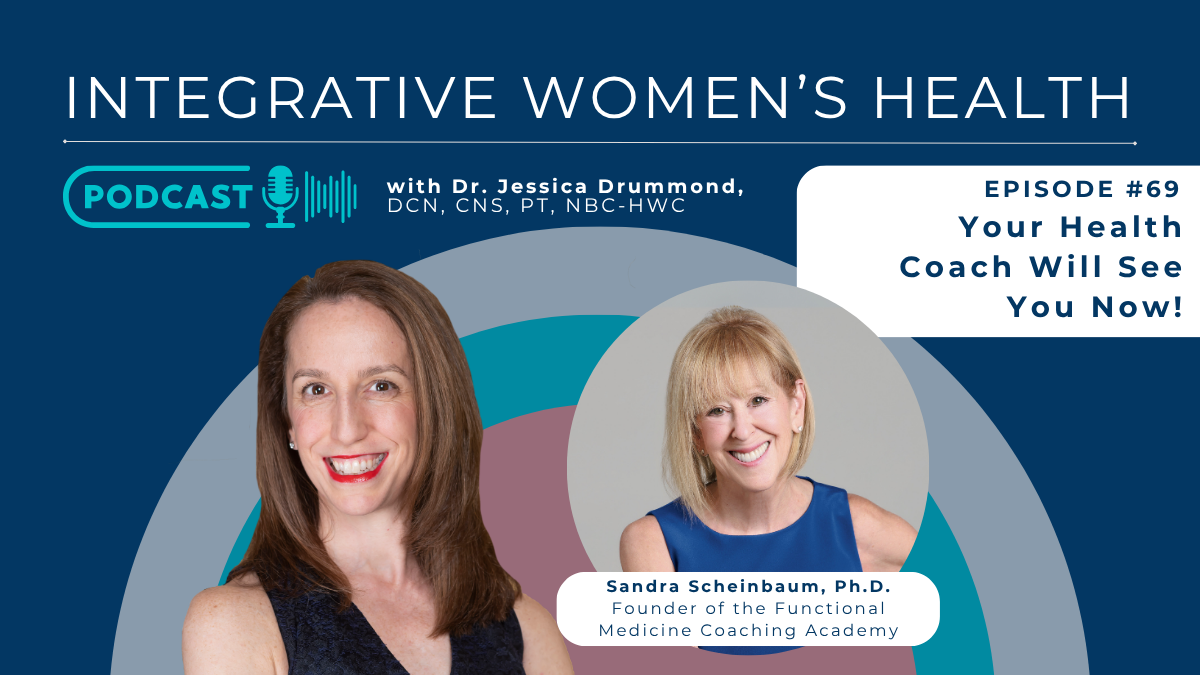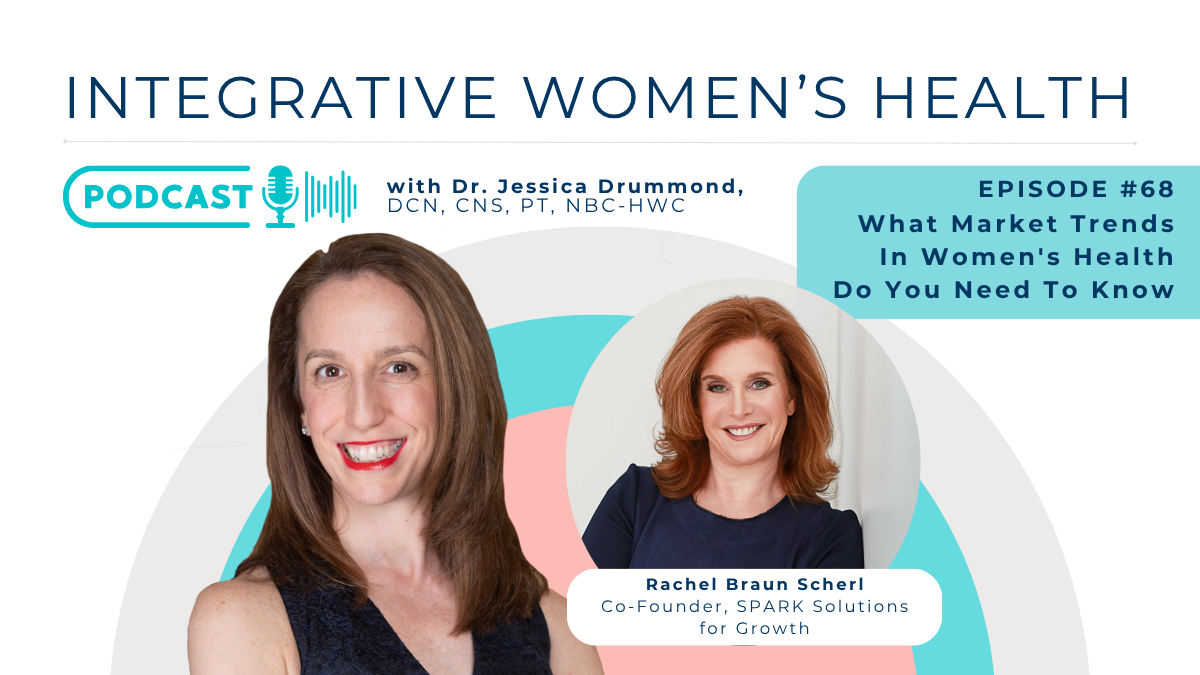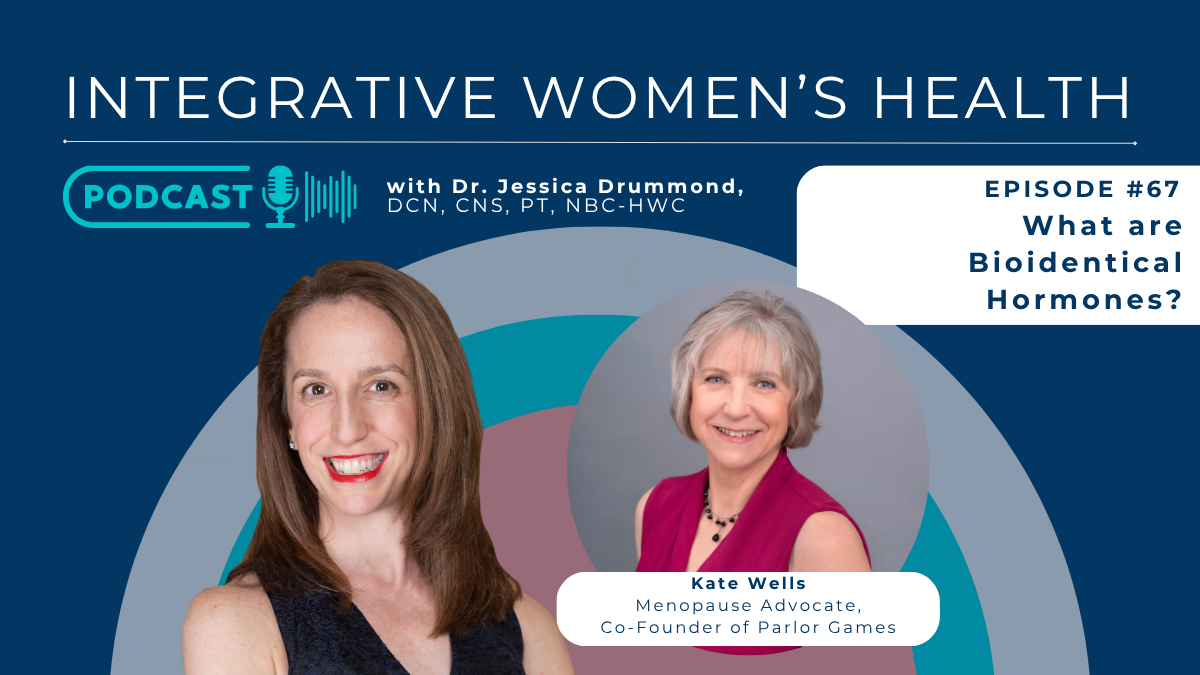What does it mean when your pelvis hurts?
Pelvic pain is pain in the muscles, joints, nerves, or organs of the pelvis. It can be vague pain that is difficult to isolate to any particular organ, muscle, nerve or joint, or it can be related to a number of more specific diagnoses.
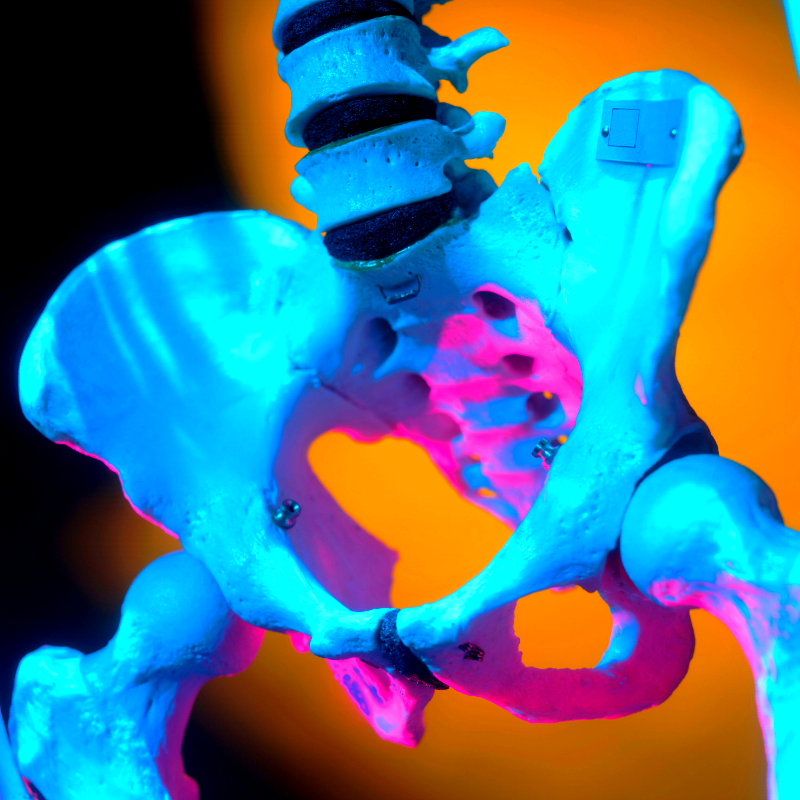
Pelvic Pain Diagnoses and Symptoms
In 80% of all cases of pelvic pain, endometriosis is at least part of the root cause of the pain. Some orthopedic conditions can cause pelvic pain such as pelvic joint pain from pregnancy, a car or sports injury, or pelvic floor muscle spasm or weakness. Ovarian cysts or fibroids can cause pelvic pain. Pelvic pain can be cyclical, occurring or worsening only at certain times in a woman’s menstrual cycle. Pelvic pain can also be constant, severe, and/or very limiting to a woman’s sexual pleasure (or her even her ability to tolerate sex at all.) In the case of pudendal nerve entrapment or vulvodynia, the pelvic pain can be related to nerve pain, or localized tissue tenderness in the vulva.
Pelvic pain is caused by a variety of official diagnoses affecting many organ systems.
The bottom line for women who suffer from pelvic pain is that the pain is a major problem in her life affecting her ability to work, care for her children, maintain intimate relationships, and enjoy sexual pleasure. Pelvic pain often occurs with infertility making the situation even more difficult.
Up to 30% of women will experience pelvic pain at some point in her life. It is very common.
Root Causes of Pelvic Pain
The causes of pelvic pain usually include one or more of the following…
- Inflammation
- Hormonal Imbalances
- Poor Digestion, including constipation and inflammatory bowel issues
- Nutrient Deficiencies
- Endometrial Growths
- Nerve Inflammation or Injury
- Tight Pelvic Floor muscles
- Stress
- Fear
- Fatigue
- Trauma, especially sexual or birth trauma
- Hip, Back or Abdominal Injuries
- Bladder Inflammation
- Chronic Yeast or Other Vulvovaginal Infections
- Autoimmune Issues
What does it mean when your pelvis hurts? As you can see, the root causes are varied, and include many systems – digestion, immune, nervous, urologic, reproductive, and musculoskeletal. Usually there is more than one root cause of pelvic pain. A systematic approach is essential to resolving the pain for the long term.
A Systematic Approach To Pelvic Pain Relief
Nutrition
If your pain is in the deep, lower pelvis, the first step is to rule out endometriosis with a highly skilled and specialized endometriosis excision surgeon. For women with endometriosis the pain is more likely to be cyclical, occurring with more severity just before or during the period. For teen girls with endometriosis, the pain is more likely to be non-cyclical, occurring at various times of the month. Your first step to learn more about skilled excision surgery is by following Dr. Iris Orbuch on Instagram.
No matter the cause of your pelvic pain, or your diagnosis, all women with pelvic pain can benefit from adding anti-inflammatory and antioxidant nutrients to your diet. Before restricting any foods, try adding high quality, nutrient dense foods that will lower inflammation, support hormone balance, and improve your digestive function.
Start by adding 8-10 servings of vegetables per day. These should be cooked while your digestion is healing. Some of the most powerful vegetables are broccoli, mushrooms, leafy greens, sweet potatoes, garlic, and beets.
Also, add high quality fats. Eating more fatty fish, such as sardines or wild caught salmon, avocados, and olive oil will also lower inflammation, and provide the precursors needed to optimize hormone health.
Spices are also powerful anti-inflammatory tools. Adding spices like turmeric, garlic, ginger, and cinnamon can help to calm inflammation if your pain is caused by aching joints, burning nerves, or tight muscles. But, be careful of using too much hot pepper – nightshade vegetables like peppers can increase joint pain, and the pain that can be related to autoimmune challenges.
Stress Relief
Most pelvic pain conditions are worsened by stress, and elevated stress hormones, such as cortisol. Too much circulating cortisol can is inflammatory. Stress can also deplete sex hormones that are necessary to reduce pelvic pain, and improve sleep for recovery, such as progesterone.
Fortunately, there are many ways to lower stress. Some of the most effective are eating much less sugar, eating protein with each meal and snack, and doing a daily mindfulness practice. Mindfulness practices include yoga, meditation, prayer, or simply walking in nature.
Explore some delicious and stress balancing recipes here.
Journaling
When you struggle with pelvic pain, each visit to your healthcare team is focused on your pain. You’ll be asked all about your pain level, severity, and factors that worsen your pain. While all of this is important information for your doctor, physical therapist, and nutritionist, this intense attention to the pain can actually worsen the pain. When your brain is trained to focus on the pain, it is more likely to attend to the pain, even when the pain signaling is not needed for your safety or survival.
Thus, an important practice for any woman with chronic pain is to journal notes throughout each day about when your pain becomes less intense, or even is relieved (even if just briefly.) Note what you were doing, who you were with, what you enjoyed eating, movement you were doing, how well you slept, etc. As you practice refocusing your brain on the people, situations, and sensations that bring you less pain, you can expand these purposefully.
Begin to heal your chronic pelvic pain by building your healing team, eating more healing foods and delicious flavors, using a daily stress relieving practice, and journaling to re-train your brain to focus away from your pain.



